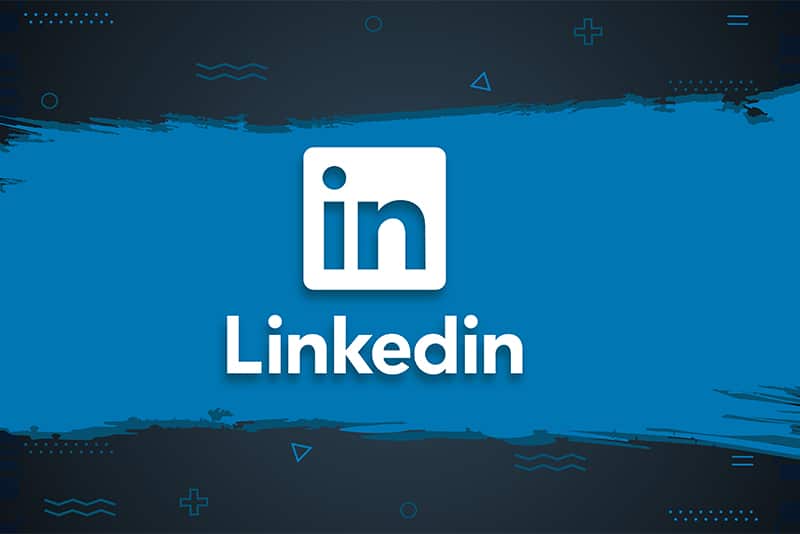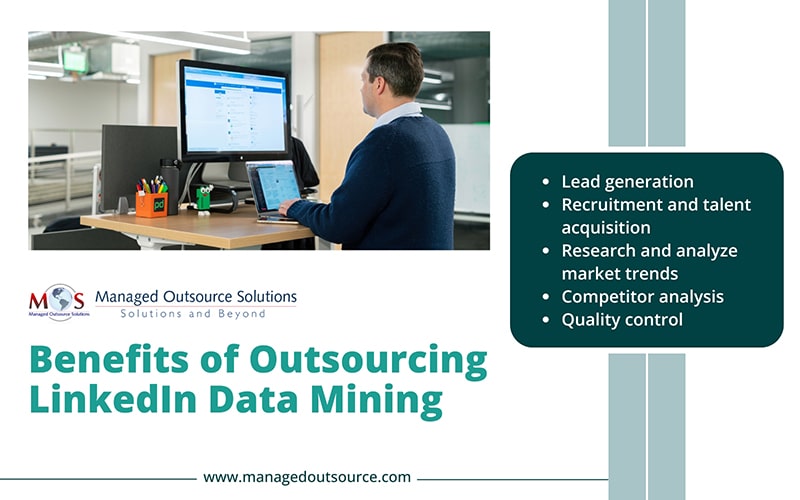With over 1 billion members hailing from 200 countries and regions worldwide, LinkedIn boasts a large and affluent professional user base from diverse demographics. With members that include top management professionals, entrepreneurs, and other executives from numerous trades, LinkedIn offers an avalanche of useful information. In today’s data-driven landscape these LinkedIn statistics serves immense value for different kinds of business development.
By leveraging targeted LinkedIn data mining, businesses can exploit this excellent resource to gather data for better customer insight and streamlined business operations. However, as LinkedIn does not publicly support data mining, it’s important that you be aware of the legal and ethical factors of data mining to avoid any legal repercussions. Leveraging professional data mining services is a feasible option to maneuver this scenario judiciously and unlock the full potential of the process in a secure, affordable, and sustainable manner.
Why Mine LinkedIn Data?
Unlike other social media platforms, LinkedIn stands out because it has a professional user base from diverse backgrounds. With over 1 billion users worldwide, LinkedIn accommodates professionals across various industries. From CEOs of companies to interns, LinkedIn provides a range of information on numerous job profiles and titles from all parts of the world. Hence, mining this gigantic amount of data can provide business intelligence. From customer segmentation to measuring conversion rates, mined data is a versatile, powerful resource that can enhance a company’s growth.
What are the Business Advantages of Outsourcing LinkedIn Data Mining?
- Lead generation
Businesses can use the mined data for lead generation by identifying potential clients, partners, job categories, industries, and company sizes to develop the ideal customer profile. This detailed data, can help you analyze connections and shared interests to source qualified leads. By creating marketing campaigns that resonate with this targeted audience, you can facilitate effective community outreach. This proactive approach to marketing is a strategic effort that can generate higher conversion rates.
- Recruitment and talent acquisition
One of the primary benefits of LinkedIn data mining lies in recruitment and talent acquisition for businesses. HR professionals can efficiently analyze the profiles of potential applicants to pick out the leading candidate that matches the skills, experience, and qualifications required for the specific role. This streamlines the hiring process and facilitates attracting the best qualified, sector-specific talents.
- Analyze market and trend research
LinkedIn’s extensive reach in data related to demography, location, age, occupation, and various others provides specific targeted leads for marketing campaigns. By analyzing industry specific discussions, content, and developments, you gain a better understanding of the demands in the market. This knowledge guides you in the design of marketing campaigns and new product developments to fulfill those demands. As you receive responses from the market based on your data mining efforts, you can gain valuable insights into emerging trends, pain points, and market shifts. By staying abreast of the latest progress in your field, you can find new opportunities and make informed business decisions.
- Competitor analysis
LinkedIn data can help with competitor analysis. Such analysis helps determine your company’s performance by comparing the position of competitor businesses with your company in the market. Depending on your business, competitor analysis helps you identify their strengths, weaknesses, and market profile As a valuable competitive intelligence tool, LinkedIn data can help identify gaps in your strategies and uncover prospective opportunities. As you gain a better grasp of the market landscape, you can identify areas that differentiate your company from the crowd. Developing tactics or services that set your company apart can give you a competitive edge.
- Quality control
The wealth of data provided by LinkedIn empowers you to make data-driven business decisions. By outsourcing LinkedIn data mining, you gain access to experienced data mining specialists who can uncover valuable insights while adhering to data protection regulations. While safeguarding sensitive information and ensuring high quality control, they can generate a complete and error-free data sheet that meets your requirements. Strict supervision of the entire data mining process results in information that supports informed decision-making.
Best Practices for Effective LinkedIn Data Mining
- Compliance with LinkedIn policies – LinkedIn has stringent policies and terms of service regarding data mining that you must comply with. It’s crucial to ensure that the data collection aligns with LinkedIn guidelines to prevent any damage or legal consequences.
- User privacy – User privacy is a fundamental consideration when engaging in data mining. It is imperative that you honor user privacy and exercise discretion. As users may not be aware that you utilize their data, it is important that you only collect publicly available information. Any failure to maintain privacy could result in reputational and legal damage.
- Data accuracy – Raw data obtained from LinkedIn may show inaccuracies, duplicates, or inconsistencies. To ensure the accuracy and usability of this data, data cleansing and verification are a must before analysis. Misinformation or errors may lead to flawed decision-making.
- Automation tools – Although cutting-edge automated data mining tools are available, it is vital to incorporate the human element when gathering information. The software should complement human expertise to streamline the data mining process and deliver accurate results.
- Cost considerations – Before hiring a data mining company, discuss your business goals to see if they match with their services and packages. The data mining service and your business should work in partnership with the goal of improving your bottom line.
LinkedIn data mining has become an indispensable part of business strategy that enterprises can unlock with the help of business process outsourcing companies. By leveraging this treasure trove of data, businesses can frame appropriate marketing techniques and strategies that align with their goals. Adhering to the best practices is necessary to realize the entire potential of this process and generate return on investment.





